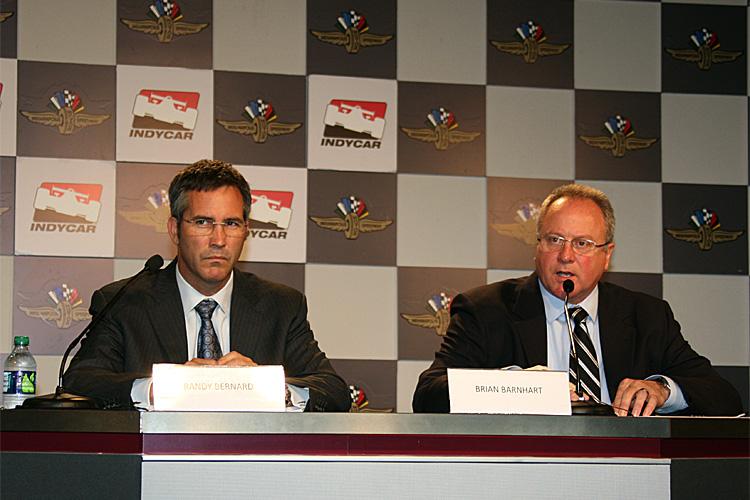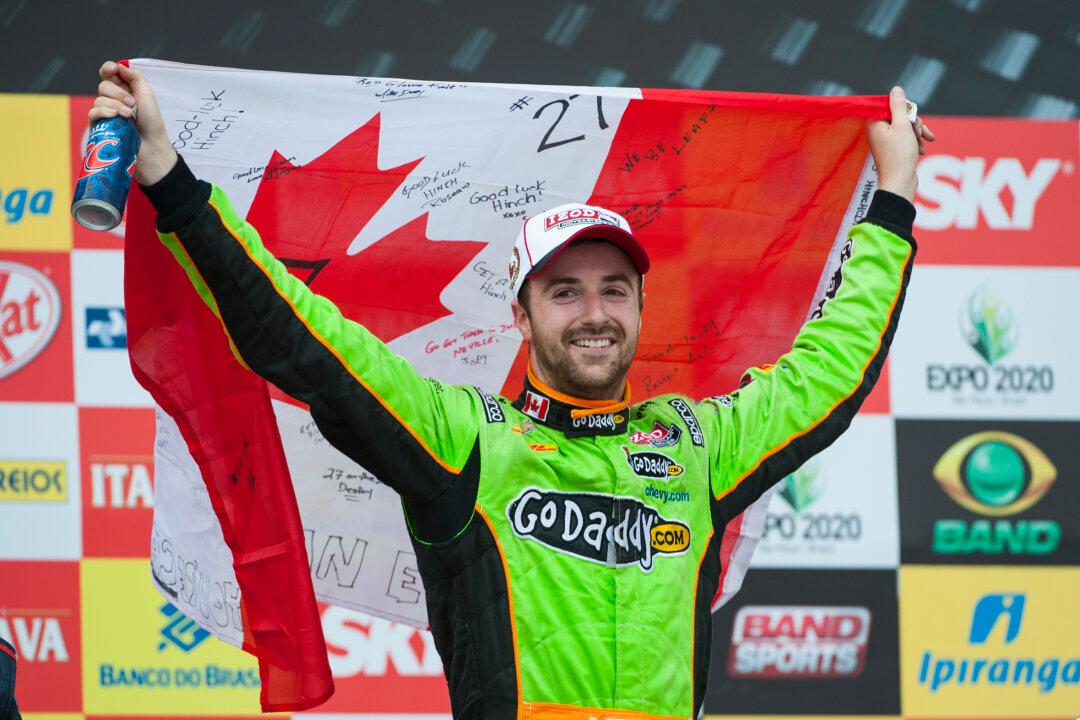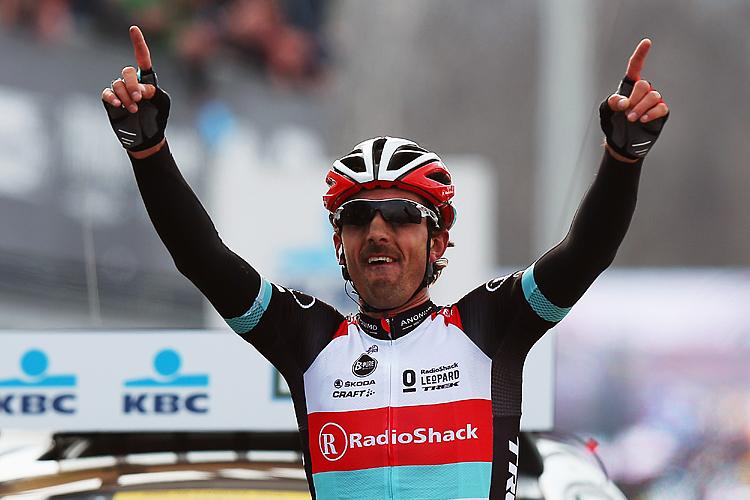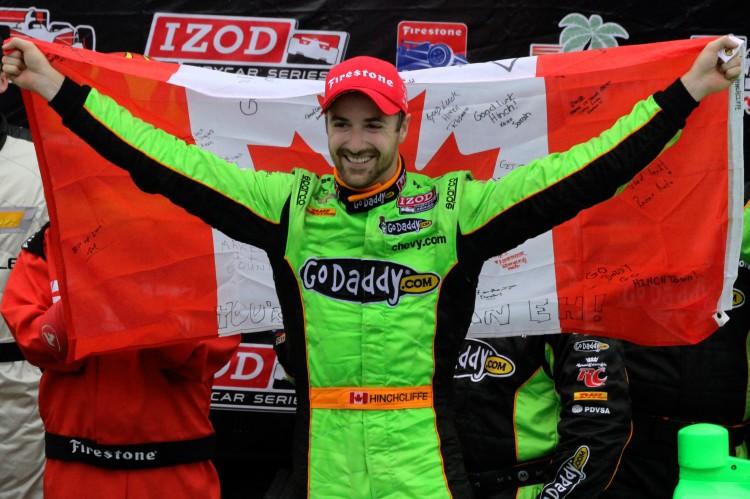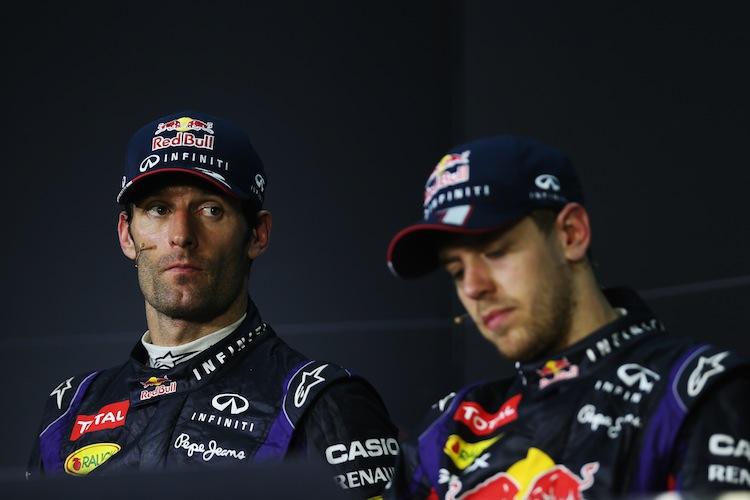IndyCar has revealed the results of the independently supervised investigation into Dan Wheldon’s fatal accident.
IndyCar CEO Randy Bernard and President of Operations Brian Barnhart relayed the findings at a press conference at Indianapolis Motor Speedway Thursday morning that was streamed live on indycar.com.
Wheldon died during a fifteen-car pileup during the IndyCar World Championship at Las Vegas Motor Speedway on Oct. 16.
The fatal accident was the result of a “perfect storm” of conditions, said Bernard; “… none of them can be singled out as the sole cause of the accident.”
Certainly the car itself was safe, said Bernard: “Nearly 2 million miles had been driven in the IR3 Dallara with this being the first fatality. There was nothing found in the performance of the any of the racecars participating that would was a factor in causing this racing incident.”
The investigation used video and photos, as well as team telemetry and data from the cars’ onboard data recorders, timing and scoring data, and interviews with all the involved personnel, from drivers and safety crew to medical staff.
Size of the field, experience of the teams and drivers, and condition of the track were all considered and ruled out as causes.
According to Barnhart, “The impact with the fence that resulted in Dan’s non-survivable injuries involved circumstances of location, direction, and orientation that were the chance result of the previous interactions.”
Wheldon’s car caromed off other cars which themselves bounced off other cars. Essentially, it was just bad racing luck in an inherently dangerous sport.
IndyCar is committed to safety,“ Bernard concluded. ”This report is an interim step to IndyCar’s on-going efforts to improve motorsports safety. This accident and its consequences are reminders of the risks associated with racing, regardless of efforts to make it safer.
“Dan Wheldon was instrumental in the testing and development of the new car and the safety innovations that it represents. The thoughts, prayers and deepest condolences of IndyCar and the open-wheel racing community go out to Dan’s family.”
Not all High-Banked Ovals Equal
